It's Magic, You Know. Never Believe It's Not So: Review of Munchkin's Mozart Magic Cube Musical Baby Toy

The Mozart Magic Cube really is magic! It’s a fantastic way to introduce babies and toddlers to music. We love this toy so much that when Froot Loop accidentally dropped it off a ledge and broke it, we immediately went out and bought a new one.
It looks like the cube has gotten a makeover, but the idea is basically the same. The songs and the instruments are the same between the two versions; however, the newer version has a better sound (although the original is not THAT bad). Also, the newer version is more rounded and isn’t as colorful. Plus, the older version has pictures of the actual instruments on it and not a cutsey animal playing a small instrument. I’d say either version is great, but I will be writing about the older, brighter, squarer version.
So, this awesome Munchkin product is one of the best sensory toys out there. Like the Baby Einstein Take Along Tunes (see post HERE) and the Kidoozie Flash Beat Drum (see post HERE), this toy combines bright colors, flashing lights, and music to appeal to baby’s senses.
The Mozart Magic Cube has 8 different Mozart masterpieces:
Non Piu Andre (Marriage of Figaro)
Country Dance #5, K.609
Ah! Vous Dirai-je, Maman, K. 265 (Twinkle, Twinkle)
Der Vogelfanger (Magic Flute)
March in D, K. 408
Landler, K.606
LaCi Darem La Mano (Don Giovanni)
The songs change when the blue Orchestra button is pressed. The five instruments: violin, french horn, flute, harp, and piano play. With a simple push of any instrument button, that specific track stops playing and the other instruments continue. Push the instrument button again and it rejoins the orchestra. At any time, you can push the orchestra button to immediately bring in all 5 instruments.
If any instrument button is pressed while the cube is off, only that specific instrument will begin playing. Then you can add other instruments. Froot Loop loved to play each instrument individually and then mix them all together.
The sides of the cube light up to the tempo of the music, teaching cause and effect. I like this feature.
The 5 different instrument sides of the cube teaches how to add and subtract the different sounds. This feature also grows with your child. You can ask for a specific color to be pressed or even a specific instrument as they get older.
Requires 3 AA batteries, included. On the older version, the batteries are easy enough to replace. The panel is in the edge between the green piano side and the yellow violin side. It’s attached with 2 screws. The batteries last a long time.
The few things I don’t like about this cube are:
It is very heavy. The newer version is lighter.
The edges are a little “sharp”. The newer version also fixes this, although it looks more like a Mozart Magic Sphere than a Cube!
There’s only one volume. Again, they addressed this in the newer version. I don’t have a huge issue with the volume level on the older version though.
The sounds are okay. I mean, I don’t expect to hear the Chicago symphony, but it is a little bit mechanical. The newer version sounds a little better.
The cube is a lot of fun. We often bring it on road trips because it’s small and it’s entertaining. It keeps my boys’ attention for quite a while. It’s also not annoying. It’s a great way to introduce young brains to classical music. If you’re planning on doing any sort of music lessons when they’re older, these kinds of toys are vital to their neural development and will help immensely when they’re ready to start taking lessons. If you end up with Suzuki lessons, the Twinkle Twinkle song will be especially helpful since so much of the first book is based on that one song.
Cocoa Puff likes to sit on the floor and play with this. He loves to press the buttons and flip the cube over onto different sides. He also likes to pick it up and walk around holding it.
Froot Loop still plays with it also. He likes to hear the music. He’s always really enjoyed music.
I would say that the older version of the cube might be a little too much for younger babies since it’s so heavy, but the newer version could probably be introduced around 4 months or so. It might be a great toy to encourage tummy time, crawling, etc. Cocoa Puff didn’t really show any interest in it until he was about 8 or 9 months old.
I’d say that this is a good toy for toddlers too up to preschoolers. It is also a good toy for children with sensory issues or even autism. It is a popular toy in special education classrooms, at least the ones I have visited.
I think that about wraps up this review. Do you ever listen to classical music?













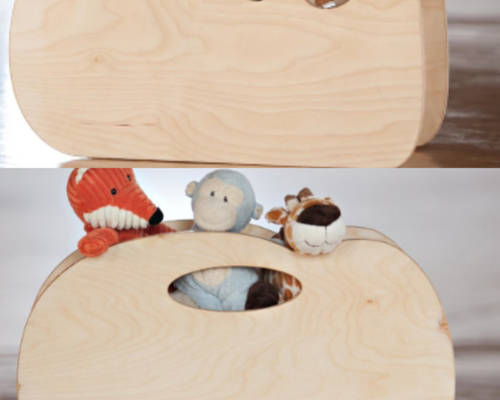



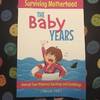
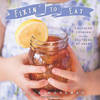
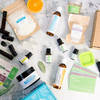
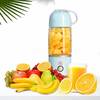
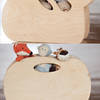





Comments